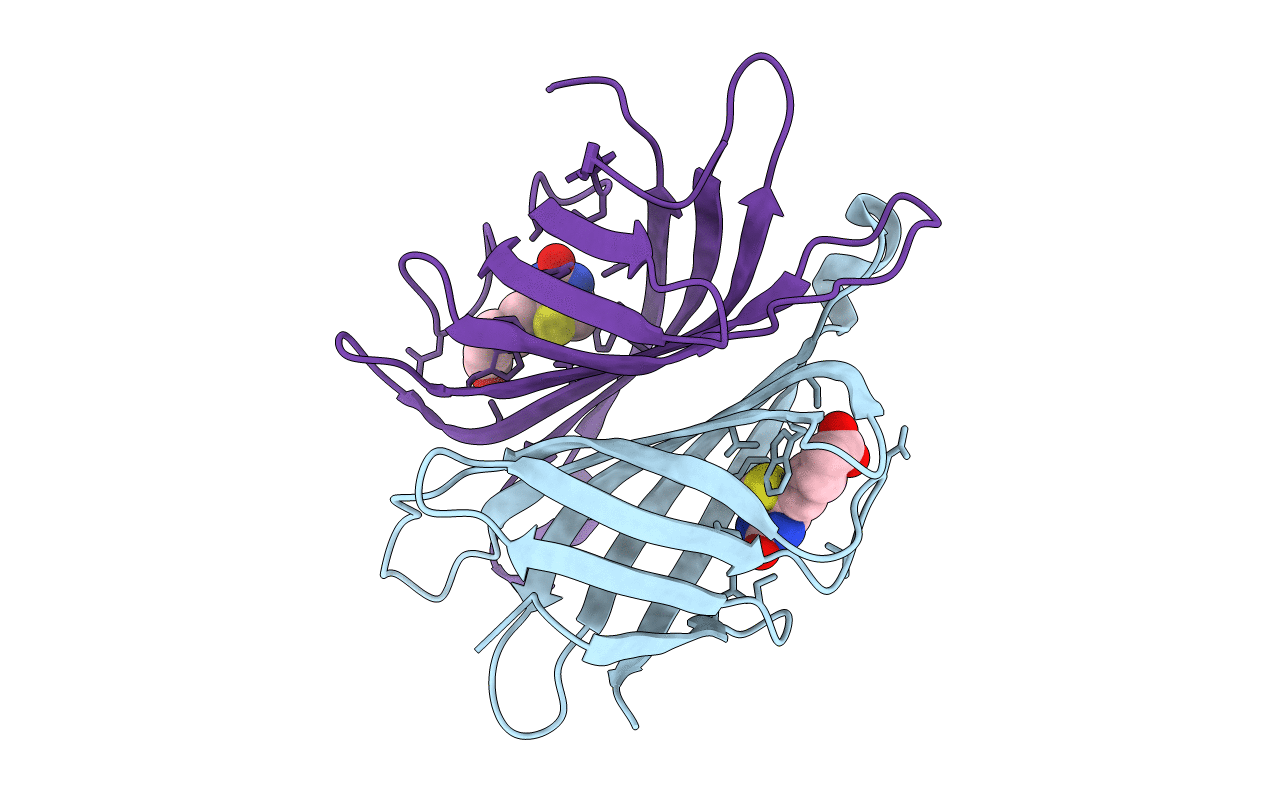
Deposition Date
1999-11-18
Release Date
2000-09-20
Last Version Date
2023-08-09
Entry Detail
Biological Source:
Source Organism:
Streptomyces avidinii (Taxon ID: 1895)
Host Organism:
Method Details:
Experimental Method:
Resolution:
1.51 Å
R-Value Free:
0.22
R-Value Work:
0.16
R-Value Observed:
0.16
Space Group:
I 2 2 2


